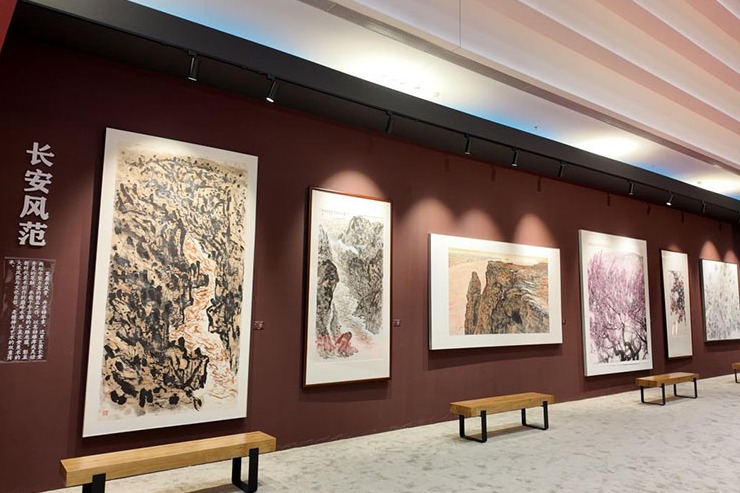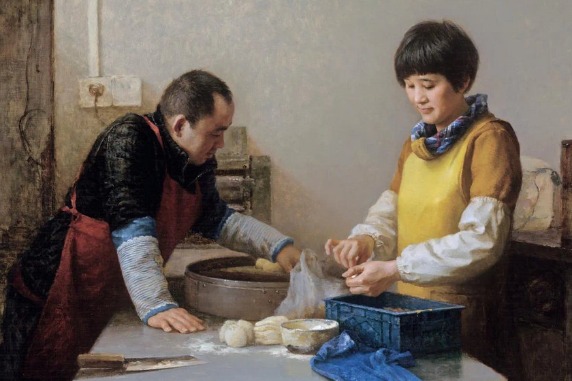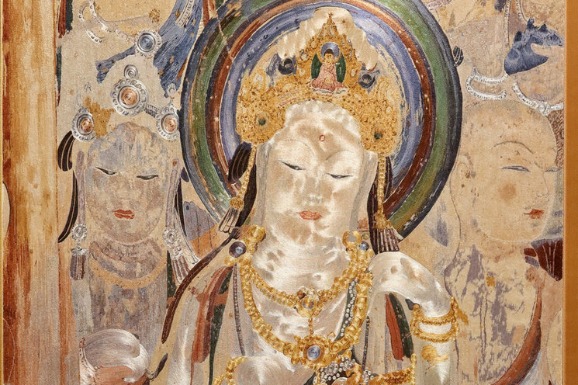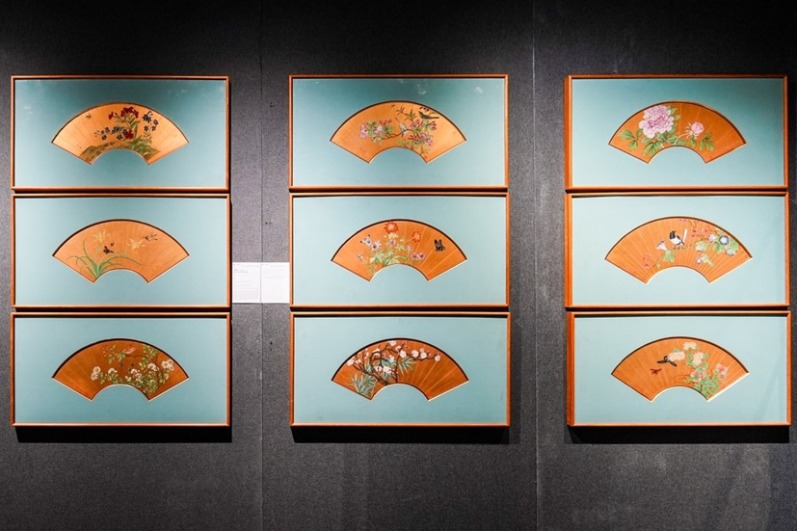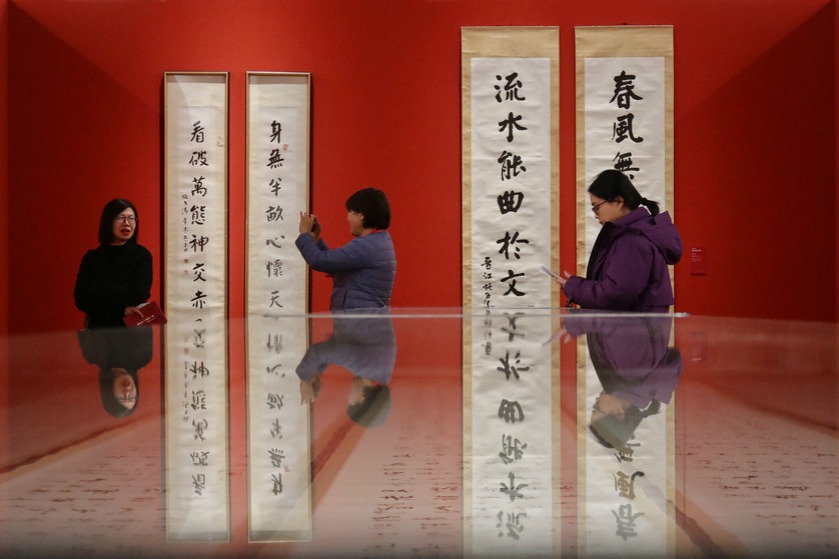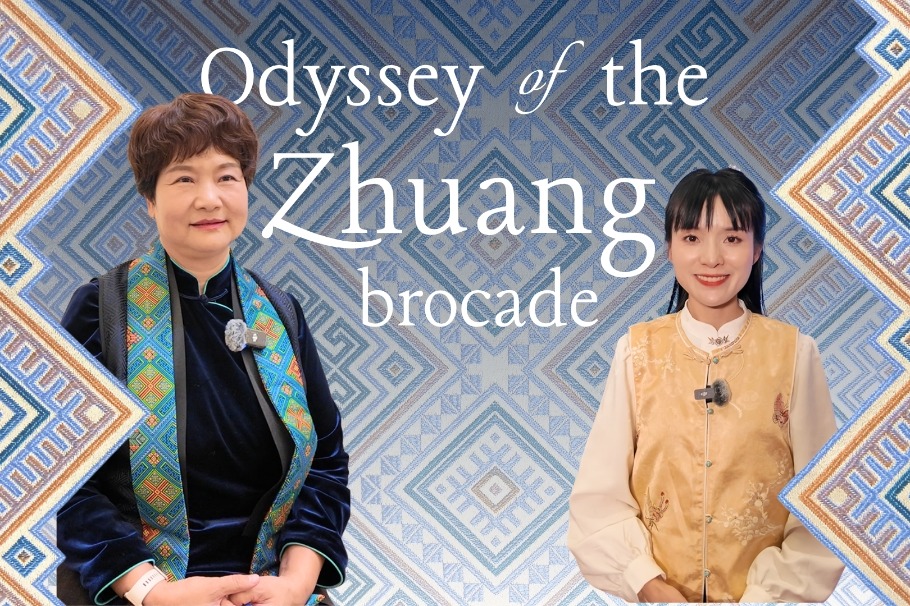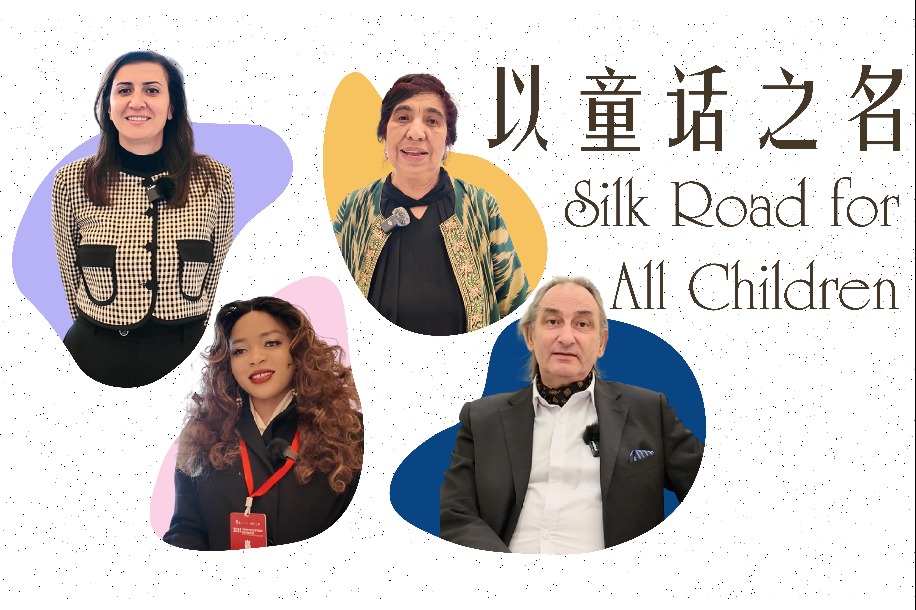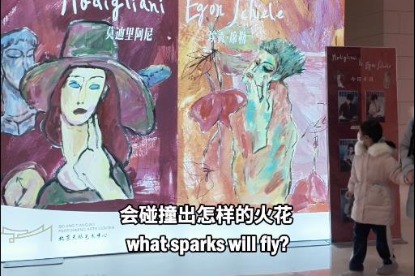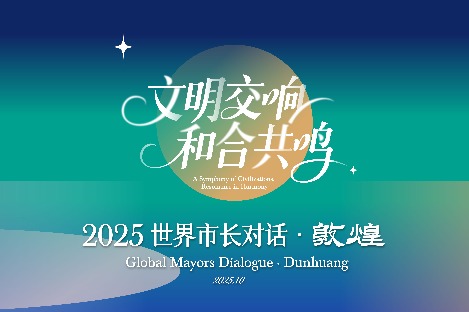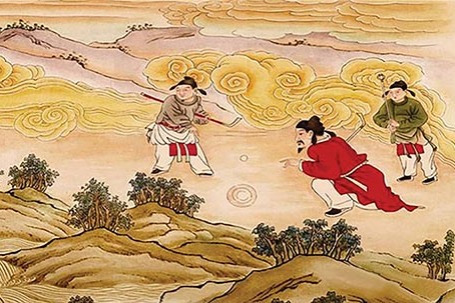China's cultural heritage goes virtual in Australia

While COVID-19 travel restrictions mean it could be sometime before Australians get to visit China in person, the next best thing could be a virtual experience provided by the China Cultural Centre (CCC) in Sydney.
Adapting to the unique times and widespread lockdowns across Australia, the CCC launched its "Visiting China Online" project -- a series of seven virtual exhibitions released one by one from mid-March, focused on introducing audiences to Chinese history, imagery, and culture.
Xiao Xiayong, director of the CCC in Sydney, told Xinhua that his organization hoped to make the most possible out of the tragic pandemic to improve the understanding of Australians about China.
"This year's epidemic has definitely affected us a lot. After February, many domestic groups were unable to travel," Xiao said.
"During the epidemic, basically all art galleries and museums were closed, and offline activities were not available. Our online exhibitions became a window for everyone to understand Chinese art."
The exhibitions include "Our Silk Road: Online Photo Exhibition", "Colorful And Diverse Splendid Costumes of Chinese Ethnic Groups", "Bamboo Culture: Understanding Oriental Aesthetics", and "Exploring the Mysteries of Ancient Shu Relics."
Through images, audio, virtual reality and animation, visitors can learn the history of Chinese script, explore the mysteries of ancient Shu relics, journey down the rugged paths of the Silk Road, and much more.
One of the highlight exhibits, set to launch on June 12, focuses on China's world-renowned Terracotta Warriors. The release is the culmination of the project and is intended to coincide with China's Cultural and Natural Heritage Day, which falls on June 13.
"Qin: the Past and Present of Terracotta Warriors and Horses" allows viewers to explore the world-heritage listed archaeological sites in Shaanxi province and learn about the first Emperor of China, Qin Shi Huang.
Furthermore, history is brought to life through related works such as modern dance "Symbiosis", Qinqiang Dance Drama, "Soul of the Terracotta Warriors of the Qin Dynasty" and other immersive experiences of the resurrected terracotta warriors and horses.
One of the exhibition's visitors, Andrew Barty-King, expressed his surprise at the hidden depths of China's history and culture which he discovered through the project.
"A beautiful and moving portrayal of the diversity of Chinese nationality and culture. All too many people in other countries are not aware of these facts," Barty-King posted online.
Xiao explained that the CCC sought to be as creative and advanced as possible in how they crafted the virtual experience.
"Ideal online exhibitions should use various new internet interaction technologies, such as more images, audio, video, virtual reality, and flash animation, but the difficulty lies in the need for strong technical support, and the production takes time," he explained.
To achieve this the CCC recruited the help of local organizations and artists to tailor the experience to Australian tastes and curiosities.
This included a collaborative series with the Sydney National Tourist Office and promotion of such titles as "Beijing Tourism Tips," "Beijing Food You Like," and "Top 10 Cultural Tourism Festivals in Beijing."
When global affairs eventually return to normal and international travel reopens, Australians will have a head start and base of knowledge from their online experience, before perhaps continuing the journey in person.

















